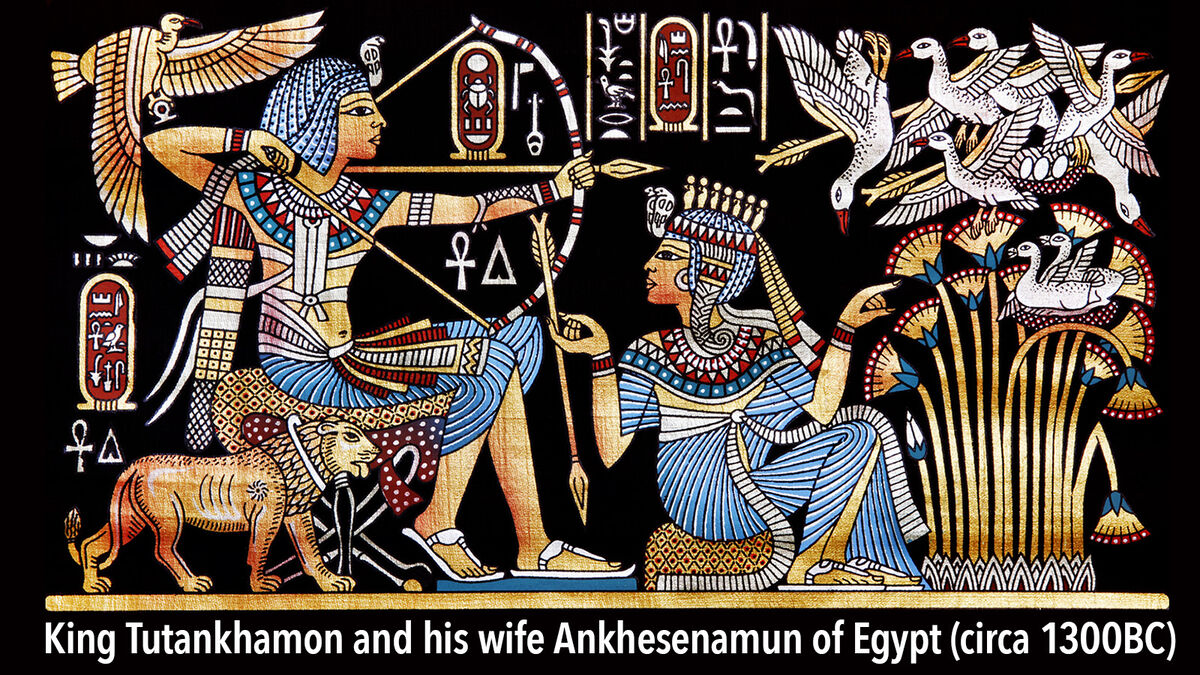
When you think of a monarchy, you might think of a king or queen ruling the roost. While monarchies where a monarch has absolute power are still around, most monarchs share power with a parliament or follow a constitution. Learn about the different types of monarchy found around the globe and how each one works. Get examples of monarchy countries found around the world.
Types of Monarchy
You’ve probably heard of kings and queens. The concept of a monarch goes back to the time of pharaohs in Egypt. However, what you might not realize is kings and queens are the rulers of a monarchy.
A monarchy is a type of government where a family or group rules the country or area. They are the head of the state. When it comes to succession of the crown, there are two basic types in a monarchy.
- Hereditary monarchs - Title is handed down through bloodlines. For example, if a king dies or abdicates the throne, it’s passed down to their oldest child. However, in the event there isn’t a child, it might go to a brother or cousin.
- Elective monarchs - Title is passed down to an elected official by a small elite group. For example, the College of Cardinals elects the pope as the sovereign of the Vatican.
In addition to variations in succession, there are variations in the level of control a monarch has. Just like a candy bar, monarchies come in different varieties.
Absolute Monarchy
You’ve heard the saying, “Your wish is my command.” This exemplifies an absolute monarchy perfectly. In this type of government, the powers of the monarch (aka king or queen) are absolute. Their word is law, and their people have no say.
The best example of an absolute monarchy is Saudi Arabia. While the government follows Basic Law of Saudi Arabia, it does not have a constitution. The executive powers of the government are hereditary, and the judicial and legislative branches are appointed by royal decree. Anyone appointed by the monarch can only be dismissed by the monarch.
Constitutional Monarchy
As the name suggests, a constitutional monarchy, also called a limited monarchy, has a written or implied constitution and central government body like a parliament. While the leader is still the monarch and their reign is passed down through bloodlines, they can’t do whatever they want. Instead, they must rule within a set constitution of laws. Many times in a limited monarchy, the monarch is simply a figurehead while the government is run by the parliament and prime minister.
To see a constitutional monarchy in action, look no further than Sweden. The current monarch of Sweden is Carl XVI Gustaf, the 74th king of Sweden. He is the state head, but there is a special cabinet making the rules and laws.
Another example of a constitutional monarchy is Great Britain. Queen Elizabeth is a ceremonial figurehead. The government is ruled by Parliament. Parliament and the prime minister hold the power to decide and make laws.
Monarchy Countries
You might think that monarchies are a thing of the past. However, many countries use a monarchy system of government. Explore a list of monarchy countries around the world.
Constitutional
Check out these monarchies run with a constitution or parliamentary government.
- Bahrain
- Belgium
- Bhutan
- Brunei
- Cambodia
- Denmark
- Japan
- Jordan
- Kuwait
- Lesotho
- Liechtenstein
- Luxembourg
- Malaysia
- Monaco
- Morocco
- Norway
- Samoa
- Spain
- Sweden
- Thailand
- The Netherlands
- Tonga
- United
- Arable Emirates
- United Kingdom
Absolute
The list of absolute monarchies around the world is much smaller. Check out these countries running under an absolute monarchy.
- Brunei
- eSwatini
- Oman
- Qatar
- Saudi Arabia
- Vatican City
Types of Monarchy Examples
Monarchies aren’t just a thing of the past. They can be found all over the world. While most current monarchies use a constitutional system, some monarchs hold absolute power. Learn more about different types of governments by exploring what a democracy is. Typically considered the opposite of a monarchy, democracies put the power in the hands of the people.